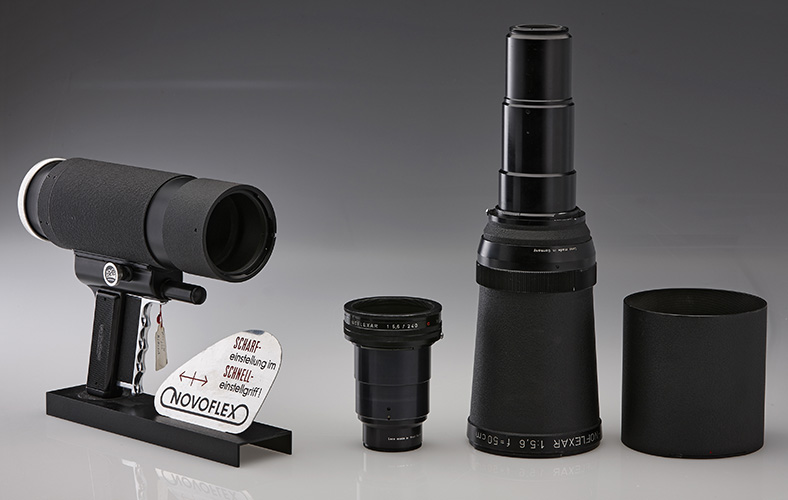
Which version of the Rodagon do you have? I had a Rodagon, either 100 or 105mm, I forget, maybe 90mm it wasn't impressive at all. Nex5, Olympus EPM1, yashica half 14, Canon eos 650 want to see samples of mine? please click My lenses If you enjoyed this lens, you should try Rodagon 105/5.6 It kills the Noflexar in all optical aspects except maybe flaring, bokeh and speed. Last edited by iangreenhalgh1 on Tue 9:23 am edited 1 time in total I don't care who designed it, who made it or what country it comes from - I just enjoy using it! It had a red band around it and I might have just had a dog of a copy, it was constructed differently to the other Rodenstock enlarging lenses I've had or have, I don't think it was a plasmat type as the front element was a single one and in a plasmat it would be a cemented doublet, so that suggests it is a different optical formula to the 'normal' plasmat type enlarging Rodagons. Iangreenhalgh1 wrote: Yes, these are made by Staeble who were part of Agfa after a buyout (in the 60s, if I remember right) and who also made some excellent repro lenses variously labelled Eskophot, Helioprint, Repromaster and Staeble, they perform like Schneider G-Clarons but are tricky to use as they won't go in shutter without machinist work. Most wanted: Samyang 24/1.4, Samyang 35/1.4, Nikon 200/2 EDĪttila wrote: I like this lens much, no idea who made it, lens label says Novoflexar.įorenSeil wrote: If you enjoyed this lens, you should try Rodagon 105/5.6 It kills the Noflexar in all optical aspects except maybe flaring, bokeh and speed. These were all made by Staeble for Novoflex, correct?Ĭurrent favourite lenses (I have many more):Ī few macro-Tominons, Samyang 12/2.8, Noritsu 50.7/9.5, Rodagon 105/5.6 on bellows, Samyang 135/2, Nikon ED 180/2.8, Leitz Elmar-R 250/4, Celestron C8 2000mm F10 The 105mm looks like much more fun than the 60mm from what I can see here. I only had the Novoflex 60/4 bellows head. Strangelove wrote: great set! 3 & 12 are my favorites Also, the pyrometer is not used for measuring the temperature of clean gases.Sony NEX-7 Carl Zeiss Planar 85mm f1.4, Minolta MD 35mm f1.8, Konica 135mm f2.5, Minolta MD 50mm f1.2, Minolta MD 250mm f5.6, Carl Zeiss Sonnar 180mm f2.8 The accuracy of the pyrometer depends on the adjustment of the filament current. Thereby, the pyrometer is used for measuring the temperature having a temperature more than 700-degree Celsius. The working of the pyrometer depends on the intensity of light emitted by the heated body. Because of this property, the pyrometer is used for the number of applications. The temperature is measured without contacting the heated body.

The optical pyrometer has high accuracy.The filament looks dark if their temperature is less than that required for equal brightness The filament looks bright when their temperature is more than the temperature of the source. When the brightness of the filament and the brightness of the object are same, then the outline of the filament is completely disappeared. The magnitude of the current is adjusted until the brightness of the filament is similar to the brightness of the object. Hence the adjustable current is passed through the lamp. The intensity of the filament depends on the current passes through it. It consists the lens which focuses the radiated energy from the heated object and targets it on the electric filament lamp. The optical pyrometer is shown in the figure below. The lamp has the filament which is connected to the battery, ammeter and the rheostat. The filter helps in getting the monochromatic light. The filter is placed in front of the eyepiece. The lamp is kept between the eyepiece and the lens. The pyrometer is cylindrical inside which the lens is placed on one end and the eyepiece on the other end. The construction of the optical pyrometer is quite simple. Hence the non-contact pyrometer is used for measuring their temperature. It is not possible to measures the temperature of the highly heated body with the help of the contact type instrument.


 0 kommentar(er)
0 kommentar(er)
